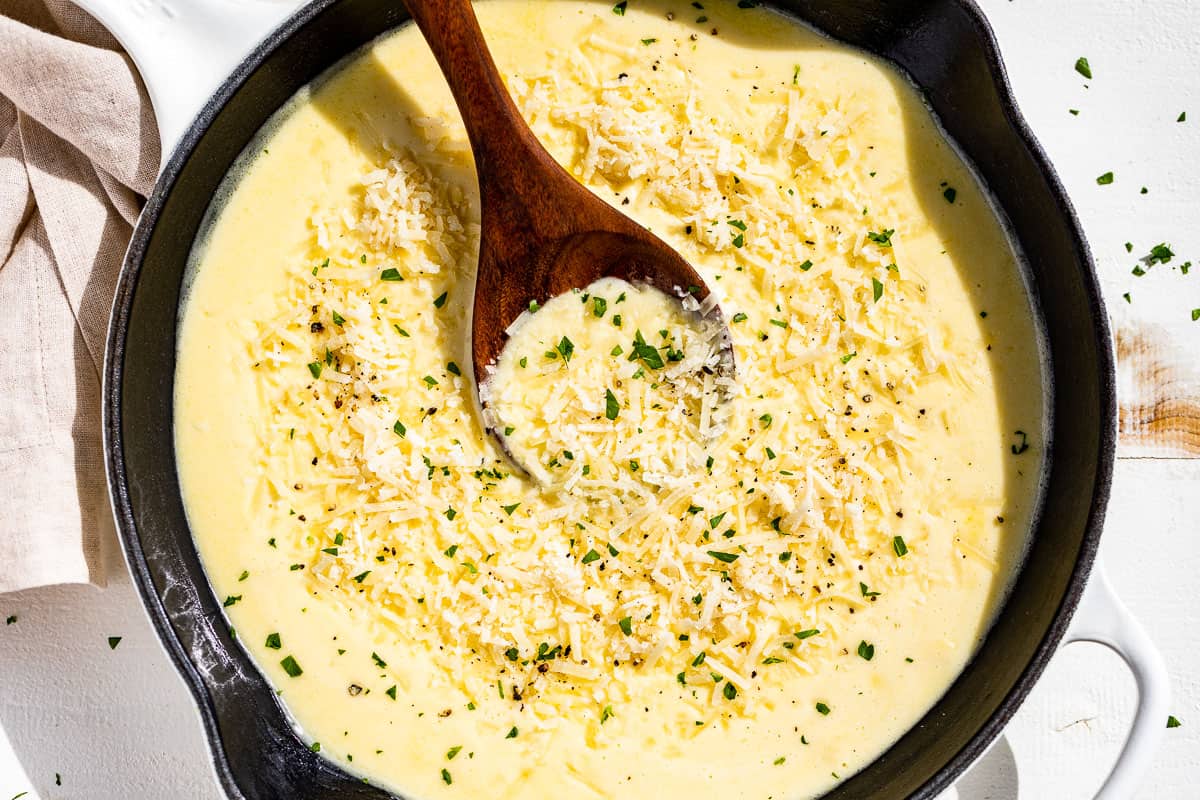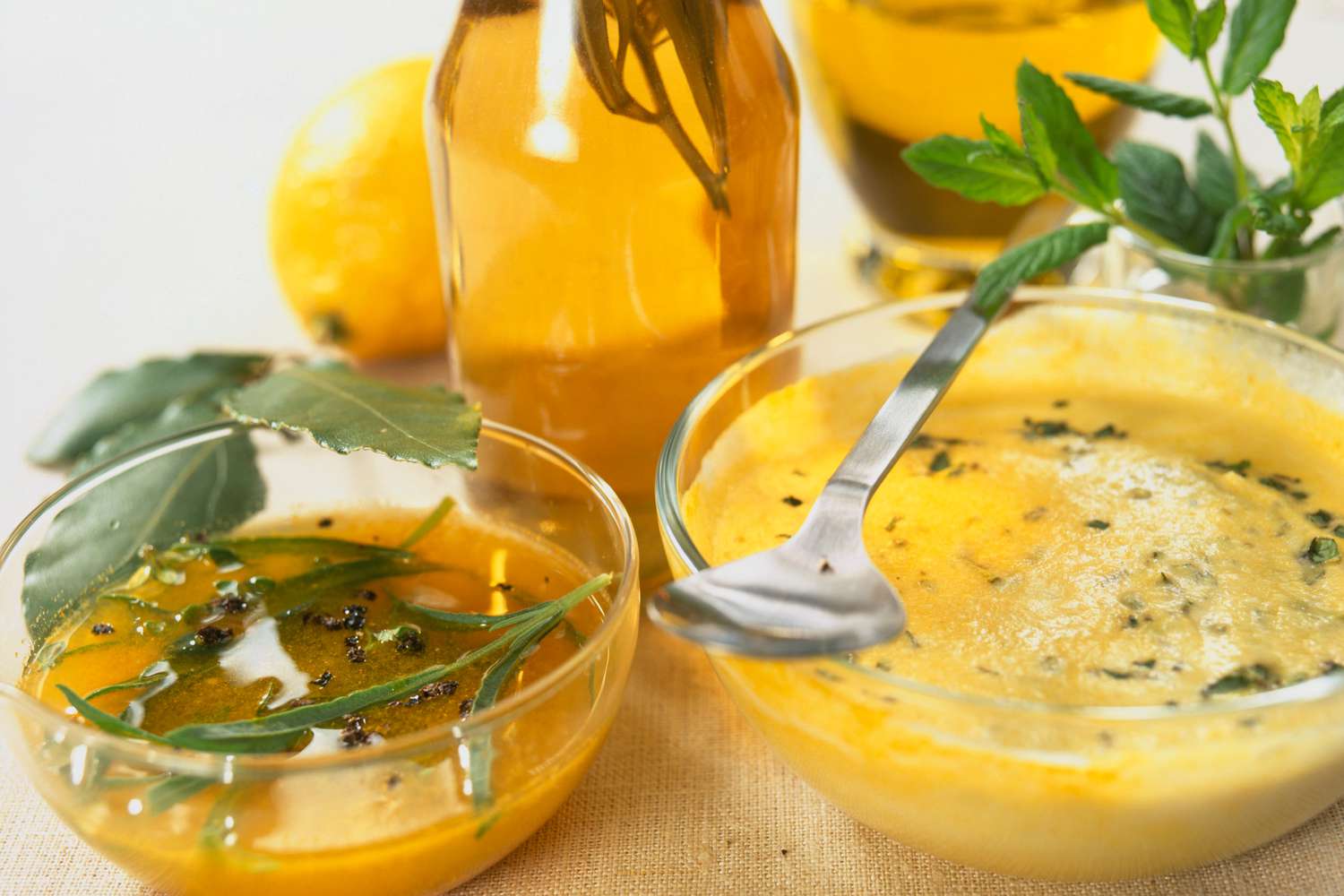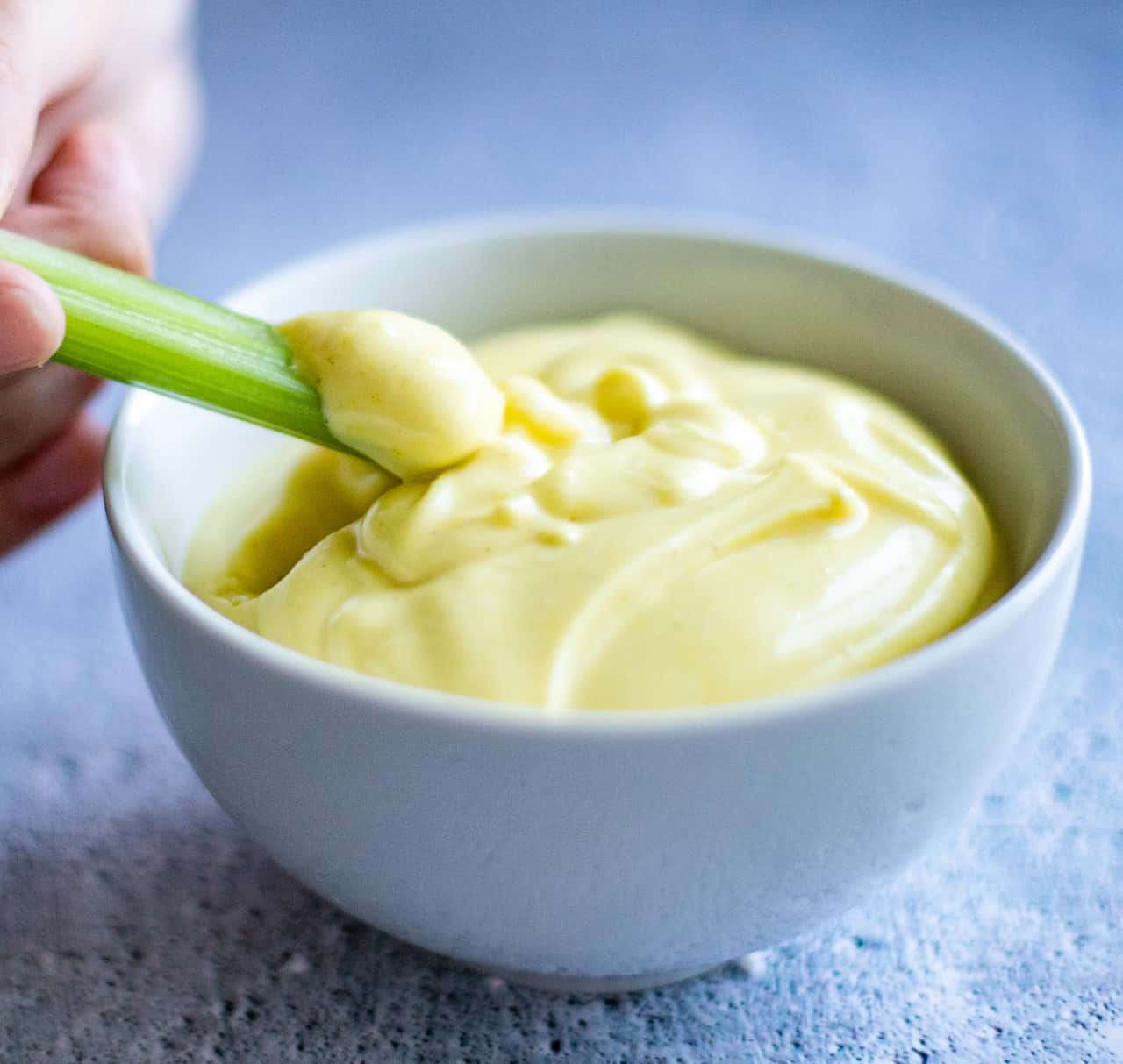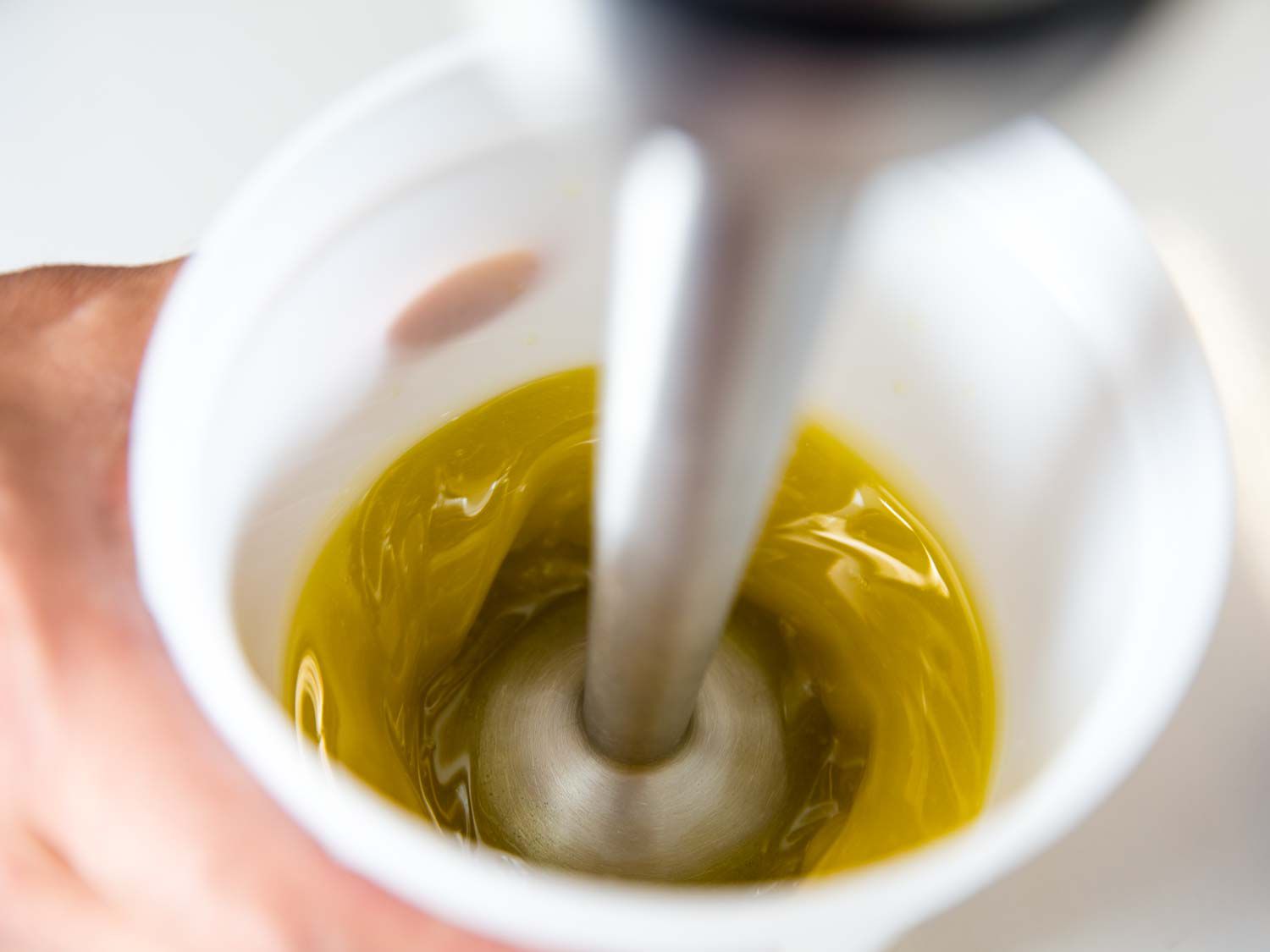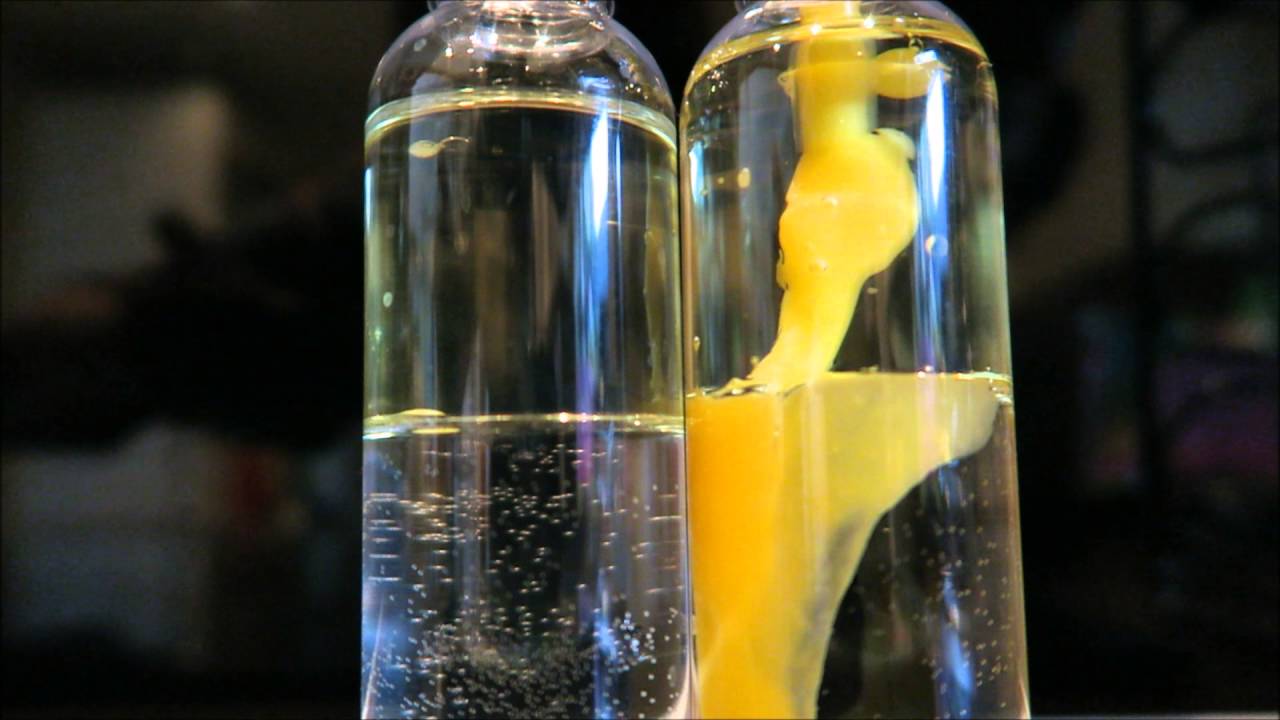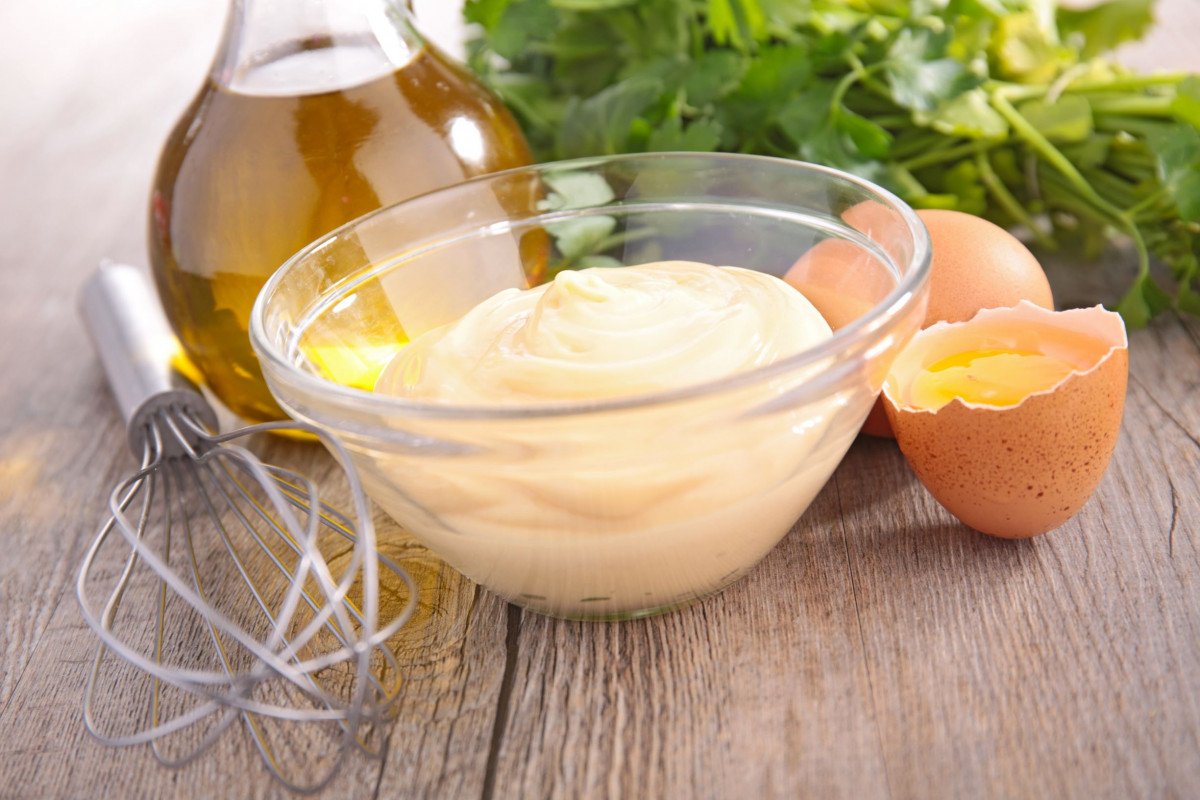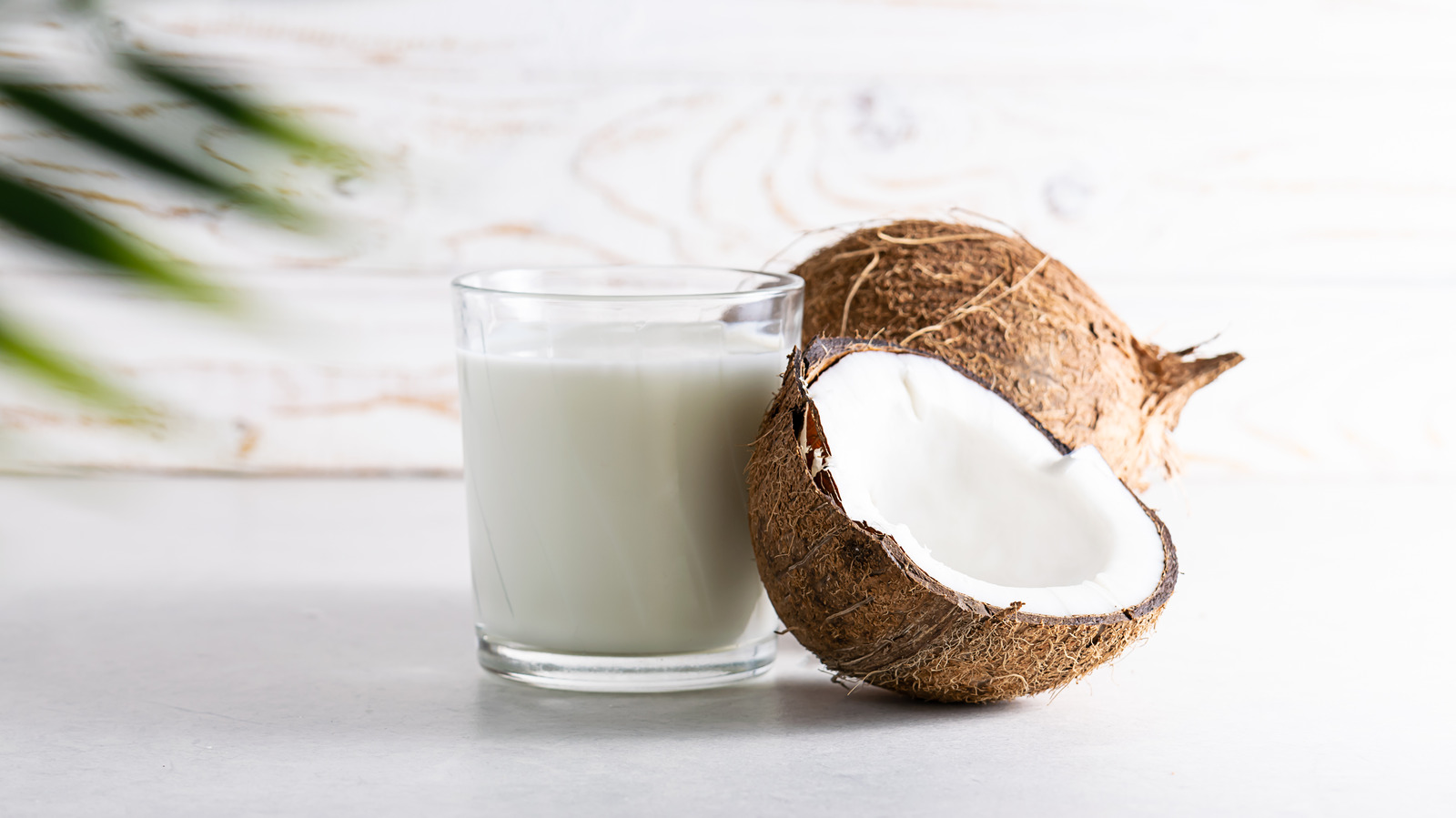Emulsifying Without a Blender: A Handy Guide
Emulsification is a process that involves combining two or more liquids that don’t naturally mix, such as oil and vinegar, into a smooth, uniform mixture. While blenders are commonly used for emulsifying, there are times when you may not have access to one. Fortunately, there are alternative methods for achieving emulsification without a blender. Whether you’re making salad dressing, mayonnaise, or vinaigrette, here are some simple techniques to help you achieve the perfect emulsion without a blender.
1. Whisking
One of the most effective ways to emulsify without a blender is by using a whisk. This method requires a bit of elbow grease, but it can yield excellent results. To emulsify using a whisk, start by combining the ingredients in a bowl. Then, vigorously whisk the mixture in a circular motion, making sure to incorporate air into the mixture. Continue whisking until the liquids are fully combined and have a smooth, creamy texture.
2. Mason Jar Method
If you don’t have a whisk on hand, a mason jar can be used to achieve emulsification. Simply add the ingredients to the jar, seal the lid tightly, and shake the jar vigorously for a few minutes. The shaking action helps to blend the liquids together, resulting in a well-emulsified mixture. This method is particularly useful for making homemade salad dressings and vinaigrettes.
3. Fork Method
For small batches of emulsified liquids, such as a single serving of salad dressing, a fork can be used to achieve emulsification. Place the tines of the fork against the bottom of the mixing bowl and rapidly stir the ingredients in a circular motion. This technique allows for thorough mixing and can help create a creamy, well-emulsified mixture.
4. Immersion Blender
If you have an immersion blender, also known as a hand blender, this can be a convenient tool for emulsifying without a traditional countertop blender. Simply place the ingredients in a tall, narrow container, such as a measuring cup, and immerse the blender into the mixture. Turn on the blender and slowly move it up and down to incorporate the liquids until a smooth emulsion is achieved.
5. Using a Fork and Bowl
If you don’t have any of the tools mentioned above, you can still emulsify by using a fork and a bowl. Start by placing the ingredients in a bowl and use the fork to vigorously mix the liquids together. The key is to create a consistent, circular motion while blending the ingredients. With patience and effort, you can achieve a well-emulsified mixture using this method.
Final Thoughts
Emulsifying without a blender is entirely possible with the right techniques and tools. Whether you opt for whisking, shaking in a mason jar, using a fork, or employing an immersion blender, there are various methods to achieve a smooth, creamy emulsion. Experiment with these techniques to find the method that works best for your specific emulsification needs. With a bit of practice, you’ll be able to create perfectly emulsified dressings, sauces, and more, even without a blender.
So, the next time you find yourself without a blender, don’t fret. With these alternative methods at your disposal, you can still achieve emulsification with ease.
For those looking to master emulsification without a blender, there's a fantastic array of recipes to try. Start with Homemade Mayonnaise Recipe for a creamy, rich spread that's perfect for sandwiches or as a base for other dressings. The Balsamic Vinaigrette Recipe is a great way to practice creating a smooth, tangy dressing with just a whisk. Honey Mustard Dressing Recipe offers a sweet and savory balance, making it a versatile option for salads and marinades. For a bold, garlicky punch, try the Garlic Aioli Recipe, which pairs wonderfully with fries or grilled vegetables. Lastly, the Cilantro Lime Dressing Recipe brings a fresh, zesty flavor, ideal for drizzling over tacos or salads. Each of these recipes provides a unique way to hone your emulsification skills and elevate your homemade dishes.
